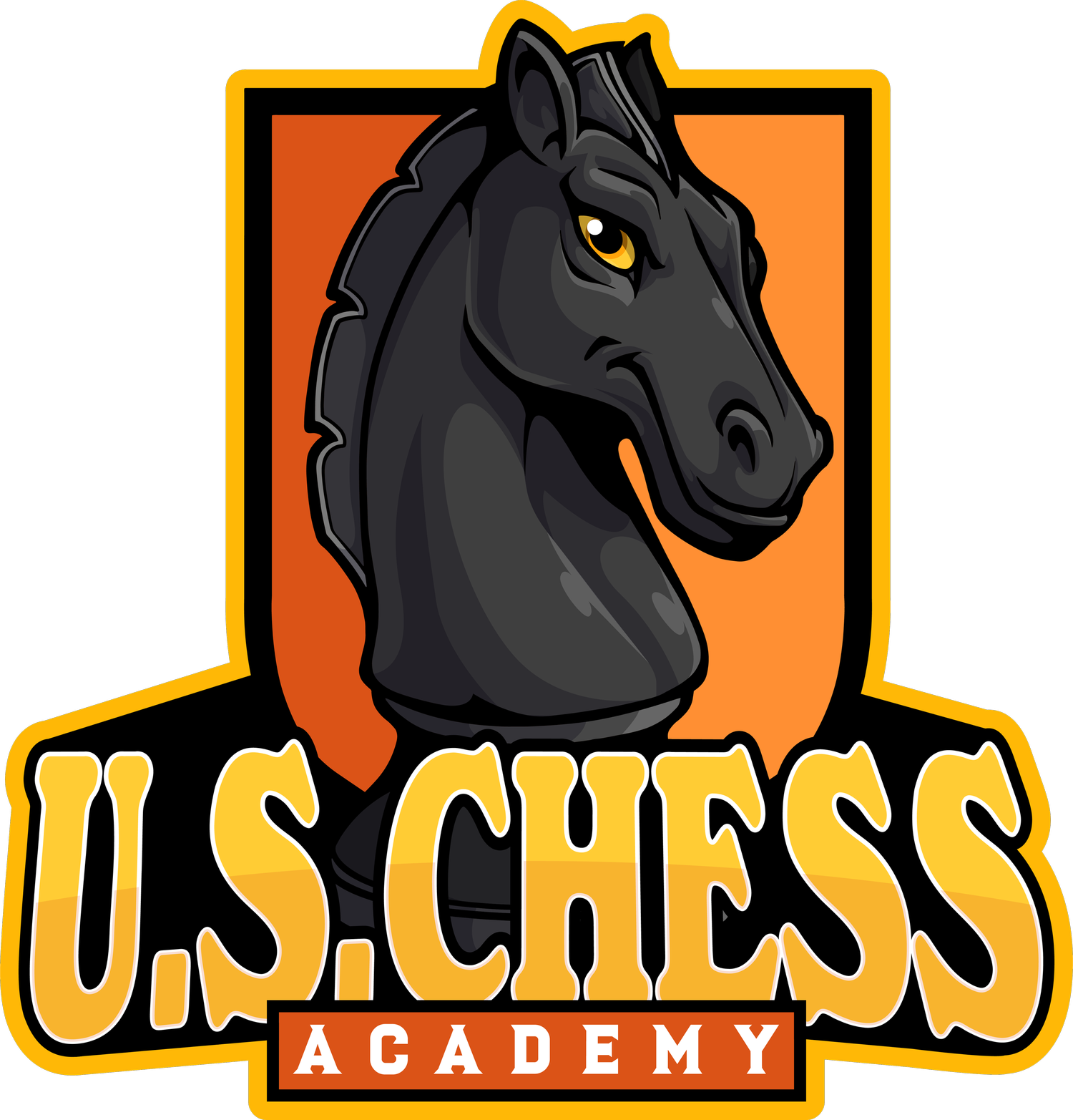Unlocking the Value of Chess Notation: Essential Guide to Chess Recording
Chess notation represents a vital communication tool within the chess community, encapsulating the elegant simplicity of recording moves and positions and transforming them into a universally accessible language. As chess enthusiasts across the globe come together to share their passion for the game, the skillful use of chess notation establishes a common dialogue, facilitating learning, analysis, and connection among players. At United States Chess Academy, our exceptional instructors and comprehensive chess programs offer unparalleled expertise, guiding students through the nuances of chess notation and unveiling the wealth of knowledge and insight it holds.
Chess notation involves recording the moves of a chess game using a standardized system, preserving the sequence of play for study, reference, and communication purposes. The most commonly used notation system is known as the Algebraic Notation, which assigns a unique coordinate to each square on the chessboard and identifies each piece with a distinct letter. Mastering the art of chess notation not only enables players to accurately document their games, but it also forms a foundation for advanced learning, encouraging deeper analysis and understanding of complex positions, tactics, and strategies.
In this informative and engaging blog post, we will explore the fundamental principles of chess notation, elucidate its myriad benefits and applications, and present practical tips for developing and refining your chess recording skills. As you immerse yourself in the world of chess notation, we invite you to participate in United States Chess Academy's exceptional chess programs and personalized coaching, unlocking the full potential of this essential skill and leveraging it to elevate your gameplay and appreciation for the intricate beauty of chess.
Fundamentals of Chess Notation: Mastering the Algebraic Language
Acquiring a solid understanding of the basic principles of chess notation is essential for accurate game recording and effective communication within the chess community:
Algebraic notation system: This widely-adopted system assigns a unique coordinate to each square on the chessboard, with letters representing files (a-h) and numbers representing ranks (1-8). Each piece, apart from pawns, is denoted by a distinct uppercase letter.
Piece and square identification: In algebraic notation, a move is denoted by the piece's letter, followed by the square to which it moves. Captured pieces are indicated by the "x" symbol, and castling moves are represented by "O-O" for kingside castling and "O-O-O" for queenside castling.
Special annotations: Additional symbols such as "+" for check, "#" for checkmate, and "1-0", "0-1", or "½-½" for game results can also be employed in chess notation for enhanced clarity and precision.
Benefits and Applications of Chess Notation: Unlocking the Power of Recorded Games
Mastering the art of chess notation can unlock multiple benefits and applications for players, enriching their learning and gameplay experience:
Game analysis and self-improvement: Recorded games enable players to review and analyze their performance, identifying areas of strength and weakness, and fostering continual growth and improvement.
Sharing and discussing games: The ability to notate games allows players to communicate their games with others, facilitating collaboration, learning, and camaraderie among chess enthusiasts.
Studying master games and openings: Notation enables players to study and learn from games of grandmasters and top-level players, as well as to delve into the rich landscape of chess opening theory and its vast array of variations.
Practical Tips for Developing Chess Notation Skills: Recording with Precision
Developing your chess notation skills necessitates focused practice and attention to detail, utilizing practical approaches to boost accuracy and efficacy:
Consistent notation practice: Incorporate chess notation during your practice games, be it online or over-the-board, honing your recording skills and reinforcing the habit of notating games.
Reviewing games with annotations: Study annotated games from books, magazines, or chess databases, reinforcing your understanding of notation symbols, conventions, and potential nuances.
Collaborative game analysis with peers or coaches: Participate in group game analysis or review sessions with your chess peers or coaches, benefiting from their feedback and insights on notation accuracy and efficacy.
Embracing Expert Chess Coaching: Leveraging Guidance for Notation Mastery
Engaging with professional chess coaches can be instrumental in advancing your chess notation capabilities, providing personalized guidance and support:
Targeted assessment and feedback: A knowledgeable chess coach can serve as a valuable resource, evaluating your notation skills, offering feedback, and suggesting tailored strategies for improvement.
Interactive analysis sessions: Work alongside your coach to analyze games and positions using notation, enhancing your understanding of the notation language and reinforcing its practical application in the context of gameplay.
Variation exploration and opening theory: Collaborate with your coach to explore different variations in openings and middle games, leveraging the power of notation to navigate complex positions and opening lines.
Conclusion
The art of chess notation serves as a bridge between the vibrant realms of chess gameplay and strategic understanding, enabling players to document, analyze, share, and learn from the intricate dance of pieces and positions that enliven the chessboard. By mastering the principles of chess notation, embracing its practical applications, and engaging with expert coaching, players can unearth the transformative potential of this language, illuminating new avenues of growth, connection, and mastery.
Embark on your journey to chess notation mastery with United States Chess Academy, guided by our extraordinary instructors and comprehensive online and in-person chess lessons, empowering you to seize the myriad benefits of accurate game recording and expand your horizons in the captivating world of chess. Join us in the pursuit of chess excellence, unlocking the full power of chess notation and elevating your gameplay to new heights of understanding, prowess, and success.

